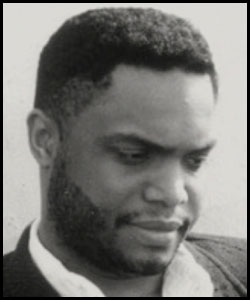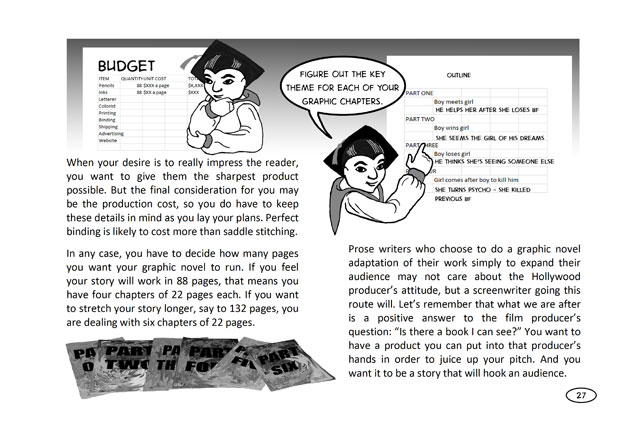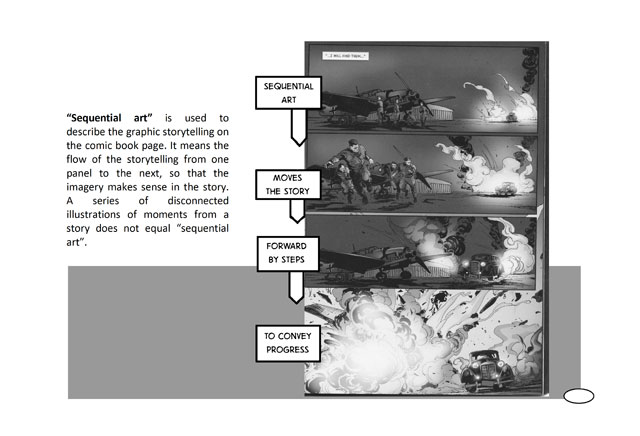 “Comprehensive, conversational and, dare I say it, hopeful and optimistic. This is the book I wished I’d had when I was starting out. It would have saved my head a lot of bumps. Sarah knows what she’s talking about and she’s talking to you. Yes, you! Be smart and listen.”
“Comprehensive, conversational and, dare I say it, hopeful and optimistic. This is the book I wished I’d had when I was starting out. It would have saved my head a lot of bumps. Sarah knows what she’s talking about and she’s talking to you. Yes, you! Be smart and listen.”
— Geoff Thorne, staff writer on Leverage; writer/co-creator of the comic Prodigal: Egg of First Light
What are the differences between screenwriting and comics (graphic novels) scripting? This book will explain the important differences, as well as introduce the readers to the basics of putting a graphic novel together and getting it published.


